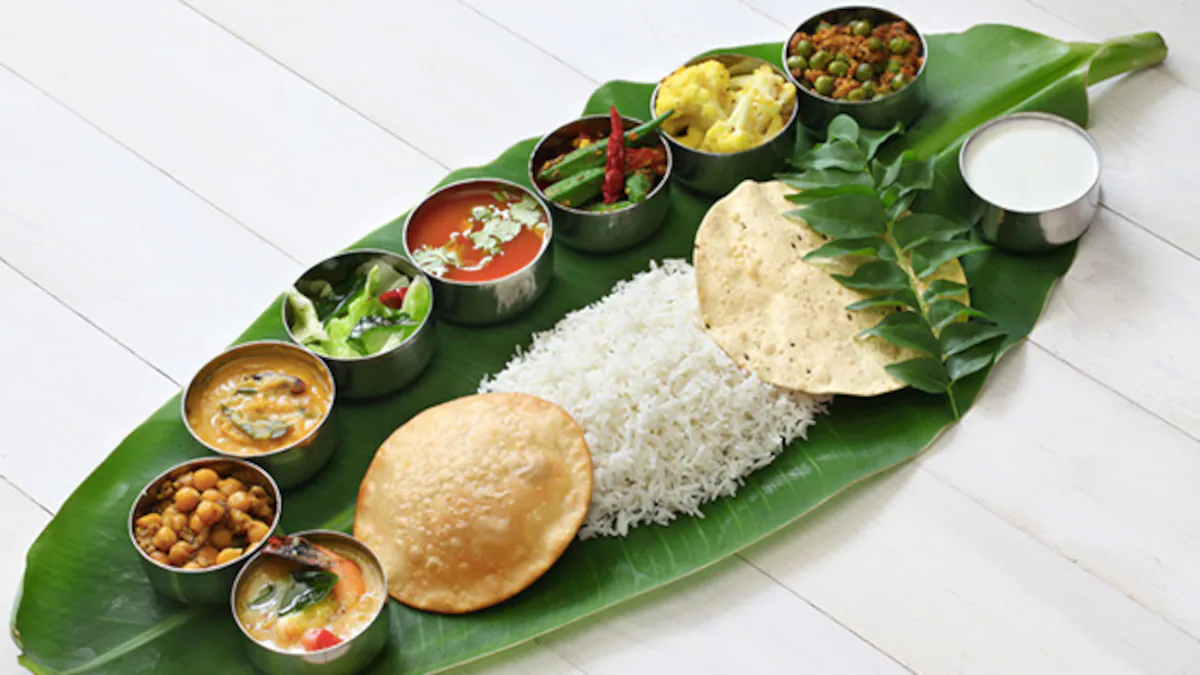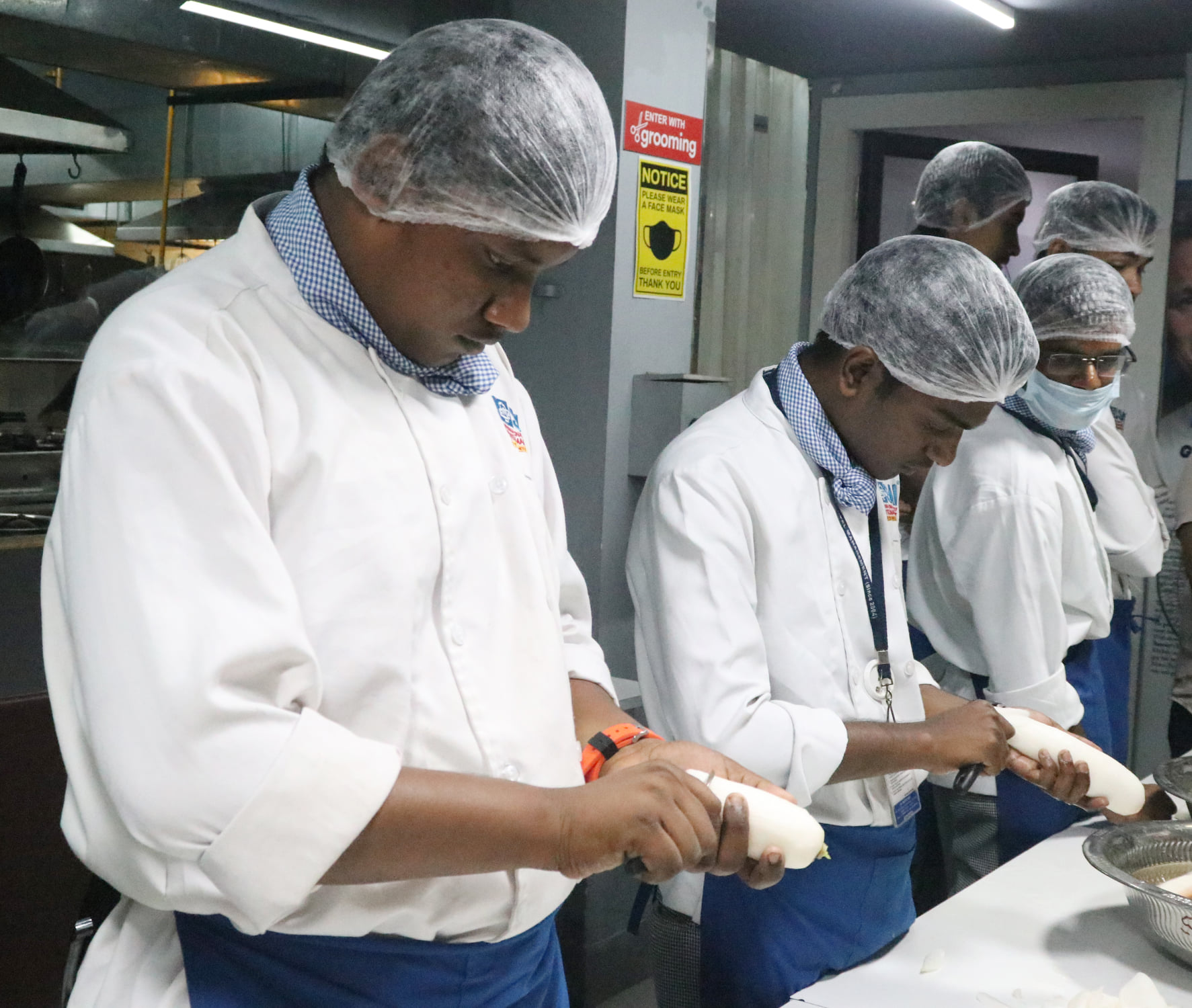
The Traditional and Sustainable Practice of Serving Food on a Plantain Leaf
The Traditional and Sustainable Practice of Serving Food on a Plantain Leaf
Are you tired of the same old dining experiences? Ready to explore a unique and eco-friendly way of serving food? Look no further! In this blog post, we delve into the fascinating world of serving food on plantain leaves – an age-old tradition that not only adds a touch of elegance to your meal but also pays homage to sustainable practices. Join us as we unravel the secrets behind this ancient practice, discover its numerous benefits for both our health and environment, and get inspired to embrace a greener way of enjoying delicious cuisine. So grab a seat at our virtual table and let’s embark on this extraordinary culinary journey together!
What is a Plantain Leaf?
A plantain leaf is a large, tough leaf that is often used as a plate or platter. Plantain leaves are broad and sturdy, making them ideal for serving food. They are also biodegradable, so they are a sustainable option for disposable plates.
Plantain leaves are often used in traditional cuisines, such as Indian and Sri Lankan cuisine. In India, plantain leaves are commonly used to serve rice dishes, curries, and other food items. Sri Lankans often use plantain leaves to make “kottu roti”, a popular street food dish made with chopped roti bread, vegetables, and spices.
If you are interested in trying out plantain leaves as an alternative to traditional plates or disposables, you can purchase them online or at some specialty stores. Be sure to wash the leaves thoroughly before using them to serve food.
Benefits of Serving Food on a Plantain Leaf
When it comes to serving food, there are plenty of options available. But if you’re looking for a sustainable and traditional option, then serving food on a plantain leaf is the way to go. Here are some of the benefits of this practice:
1. It’s eco-friendly: Plantain leaves are 100% biodegradable, so they won’t add to your carbon footprint. Plus, using them as plates eliminates the need for disposable paper or plastic ones.
2. It’s healthy: Plantain leaves are loaded with vitamins and minerals that can boost your health. They’re also anti-inflammatory, so they can help reduce swelling and pain.
3. It’s flavorful: When you serve food on a plantain leaf, the natural flavor of the leaf will impart itself onto the dish. This can enhance the taste of the food and make it more enjoyable to eat.
Traditional Practices for Serving Food on a Plantain Leaf
In many parts of the world, it is traditional to serve food on a plantain leaf. This practice is not only sustainable, but also has many benefits.
Serving food on a plantain leaf is a tradition that dates back centuries. In many cultures, plantain leaves are seen as a symbol of abundance and prosperity. They are also believed to have spiritual and healing properties.
There are many practical benefits to serving food on a plantain leaf. Plantain leaves are large and sturdy, making them ideal for serving large portions of food. They are also naturally waterproof, so they can be used as plates or bowls without worry about them leaking or getting soggy.
Plantain leaves are also environmentally friendly and sustainable. They can be sourced from local plants and trees, and they decompose quickly after being used. This makes them a great alternative to disposable plates and bowls made from plastic or paper.
If you’re looking for a unique and sustainable way to serve food, consider using plantain leaves!
How to Prepare and Store Plantain Leaves for Food Service
Plantain leaves are a traditional and sustainable way to serve food. They are sturdy, absorbent, and have a pleasant flavor that won’t interfere with the taste of your food. Here’s how to prepare and store plantain leaves for food service:
1. Rinse the leaves thoroughly with clean water.
2. Place the leaves in a colander or strainer and allow them to drain.
3. Pat the leaves dry with a clean towel or paper towel.
4. If you plan to use the leaves immediately, skip to step 6. Otherwise, store the dry leaves in an airtight container in a cool, dark place until you’re ready to use them.
5. To rehydrate dried plantain leaves, soak them in warm water for 10-15 minutes before using.
6. Cut or tear the leaves into manageable pieces that will fit on your serving dish or platter.
7. Arrange your food on the plantain leaf pieces and serve immediately.
Recipes for Serving Food on a Plantain Leaf
When it comes to serving food, there are few things more sustainable than using a plantain leaf. Plantain leaves are not only biodegradable, but they also help to keep food warm and can be used as a plate or platter. Plus, they add a beautiful green color to any meal.
There are many different ways to use plantain leaves for serving food. One of the most popular methods is to place the leaves directly on the table or countertop and then arrange the food on top. This is a great way to show off the colors and textures of the food, and it also keeps the leaf from getting dirty.
Another option is to roll up the plantain leaf and use it as a bowl or cup. This is perfect for soups, stews, and even desserts. Just be sure to not fill it too full, as the leaf will start to unravel.
You can cut the plantain leaf into strips and use them as chopsticks or skewers. This is a fun way to eat finger foods, and it’s also eco-friendly since you’re not using disposable utensils.
Alternatives to Serving Food on a Plantain Leaf
Banana leaves are a great alternative to plantain leaves for serving food. They are just as big and can be used to wrap around food like a plantain leaf would. Banana leaves are also biodegradable, so they are a sustainable option. Another alternative is to use a plate made out of palm leaf. Palm leaf plates are sturdy and can be used multiple times.
Conclusion
The traditional and sustainable practice of serving food on a plantain leaf is an age-old custom that deserves to be remembered. Not only does it provide an eco-friendly alternative to single-use plastic, but it also adds extra flavor and cultural significance to the dining experience. By using this method for meal service, we can honor our ancestors while doing our part in preserving the natural environment.
Add Comment
You must be logged in to post a comment.




